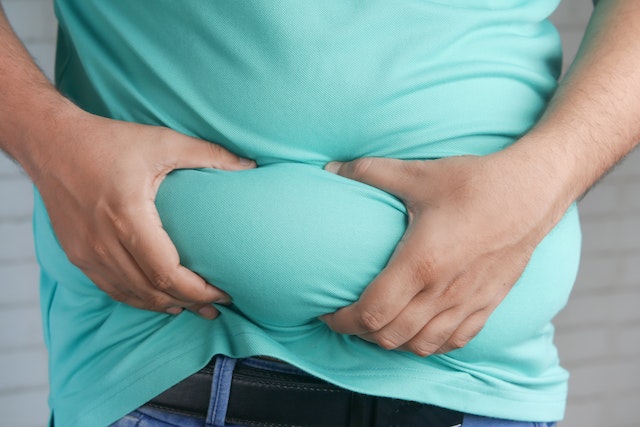What you don’t understand is best explained by science. Like they say, science is convincing and logical. So let us being with discussing fasting in the most simplest and logical manner.
The number one benefit of fasting – weight management
Fasting improves cognitive thinking. It boosts the production of growth hormone and BDNF. But the most important benefit which people take to fasting is for weight loss.
Weight gained by human body is closely connected to metabolism. We eat food which provides us with energy and nutrients for us to survive and do our daily work. Body is like a storage tank. Anything we put will will be kept aside for storage under certain circumstances and situations.
So lets get into the science part of metabolism.
Constituents of food
Broadly divided into sugars, carbs, proteins and fats, food is the main source of fuel for the body. You are either burning glucose or fat for energy depending on what the body demands.
Anything sweet contains glucose and fructose. Carbs break down into glucose. All that glucose is released into the blood stream to be used by body cells for producing energy. An individual cell is a powerhouse producing energy. With lakhs and lakhs of cells in the body working in sync, we have a body ready to do any kind of work.
Once the cells use up glucose, if there is any leftover glucose in the blood, the liver has to take care of it. The liver does that in two ways.
Body as a reservoir
Excess glucose is converted to a type of fat called glycogen and stored within itself. Liver has great capacity and is the largest organ in our body. But if the blood glucose levels are too high, the liver is forced to convert it into glycogen and send to the belly area just below the skin.
This is body fat.
Body fat is the new modern villain, but it is not all bad. Fat traps one water molecule between two fat molecules. Both together store all the vitamins and nutrients for future use. It also traps all toxins to be processed later and saves the organs being harmed by all the chemicals which enter our body. Modern diet with all those carbs and sugars will increase glucose levels in our blood and eventually our body will convert that to fat.

What happens during the fasting window
In a day of 24 hours, the time you begin eating your first meal till the last meal is the feeding windows and remaining becomes the fasting window. So for example if you finish dinner by 7 pm by 11 pm you would have finished digesting the food and glucose is released into your blood. By about 4 am all the glucose in the blood is used up and the liver starts converting fat into ketones.
Here is the first variation. If your dinner is low carb and low sugar, then the glucose in your blood will get consumed faster and you might start burning fat earlier. However if you have a carb heavy meal, then the glucose will take longer to dissipate and fat burning will begin later.
As you keep delaying the first meal of the day, the body keeps burning more and more body fat.
There are two options for intermittent fasting. Dinner by 7 pm and breakfast by 8 am or 9 am in the morning, a basic 12 hour fasting window which will give some amount of fat burning.
However for the most guaranteed results skipping breakfast will give an 18 hour fasting window which will ensure some amount of daily fat burning. Fasting has the ability to start fat burning without exercise. This type of fasting is called Intermittent fasting.
So finally now you can understand for yourself what this intermittent fasting is all about and why it is so viral in social media.
